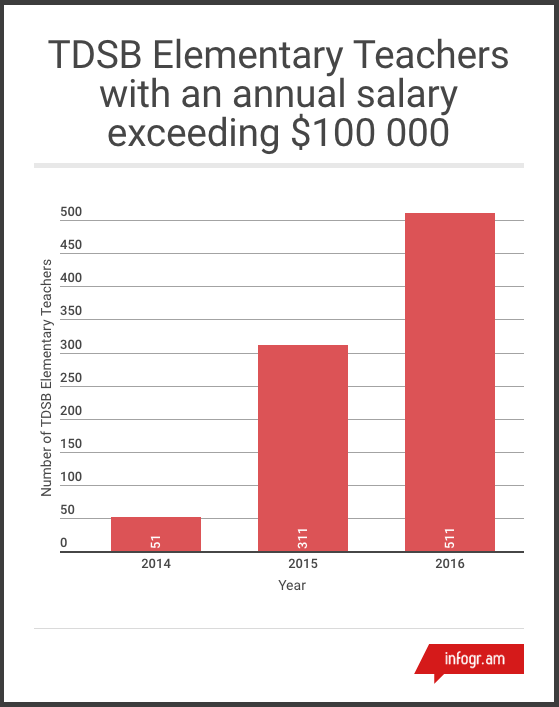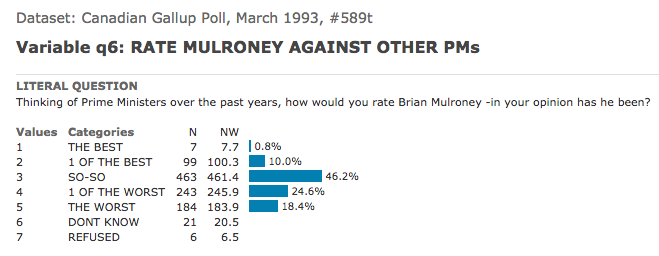- The topic: Funding to eliminate water advisories on First Nation reserves.
- What’s new: The provincial break-down of funds.
- Why it’s important: The funding strategy’s effect hints that there might be an imbalance in the province’s allocation of funds that may mean missing the five-year target.
- What the government says: The government stands by the funds the allocated last year. The minister of health said in a statement earlier this year that there’s still a lot of work to do.
- What others say: Emily Lui says the way the government is distinguishing long-term advisories from short-term advisories being overlooked while the Canadian Centre for Policy Alternatives says the government should be spending more money on this issue.
- What’s next: The government is sticking to their planned targets.
Manitoba’s provincial government has been allocated an estimated $356.4 million over five years as part of a federal strategy to end long-term drinking water advisories on First Nations reserves.
Approximately 19.8 per cent of the federal government’s 2016 pledge of $1.8 billion has been allocated to address the water supply issues. According to an access to information request, the percentage of funding allotted to Manitoba reflects the share of Canada’s Indigenous population that lives in the province.
In the year since the announcement, several communities are still plagued with long-term advisories. According to the Indigenous and Northern Affairs Canada’s own website, 71 of the 76 long-term advisories across Canada are still in place despite the plan to lift all drinking water advisories by 2021.
In Manitoba, only one of two long-term drinking water advisories is slated for funding so far. The advisory for this project affecting the Pauingassi First Nation has yet to be removed despite the province having significantly less advisories to address compared to other provinces.
Little can be determined on the impact of the government’s 2016 investment based on the way the government is publically tracking improvement. For example, neighbouring provinces Ontario and Saskatchewan had 62 long-term advisories between them during the funding announcement. However, the government site provided by a spokeswoman from Indigenous and Northern Affairs Canada indicates that nine have been removed since 2015—disguising that only five long-term advisories across the country that have been removed.
The designation of long-term and short-term advisories as determined by the government is a topic of concern for Emily Lui, a spokeswoman for the Council of Canadians who says she uses her position to raise awareness on water issues in First Nation communities.
She shared what she believes is an overlooked aspect of the government’s approach to the investments in an email exchange which read: “A review of the long-term advisories (in place for one year or more) versus the short-term advisories (in place for less than a year) raises questions about whether the dates set for the DWAs show the full picture.”
Last March, the government released a statement addressing its continued commitment to the five-year plan to remove all long-term advisories despite achieving less than ten per cent in the first year. The written statement quotes the Minister of Indigenous and Northern Affairs, Carolyn Bennett, as saying “Many First Nation families are just now able to drink their water and we have a solid, achievable plan to end the remaining long-term drinking water advisories affecting INAC-funded public systems on-reserve within our promised five-year timeframe.”
Meanwhile, the Minister of Health, Jane Philpott, said: “while there is still much work to be done, I am pleased to see progress is being made to lift long-term drinking water advisories.”
On the same day the statement was released, the national think tank “Canadian Centre for Policy Alternatives released a report which included a reimagined federal budget called The Alternative Federal Budget 2017: High Stakes, Clear Choices. They assigned $1.9 billion per year over the next three years to deal with the water advisories nation-wide—more than three times the current funding.
The federal spokeswomen weren’t available to address any specific questions regarding the situation in Manitoba, the federal funding strategy, or the rationale behind allocating funds to provinces based on the percentage of their Indigenous population as opposed to the condition of their facilities or the number of communities affected.
Helpful documents:
- Manitoba- Briefing Materials page 37 of 276
- Alternative Federal Budget -First Nations Investment 2017
ATIP requests:






